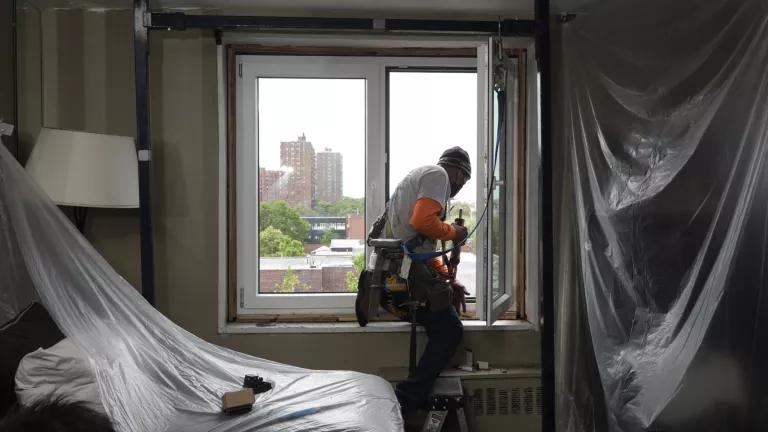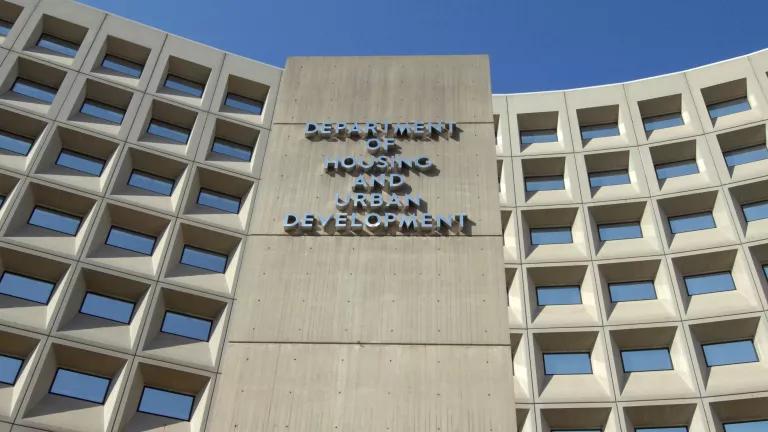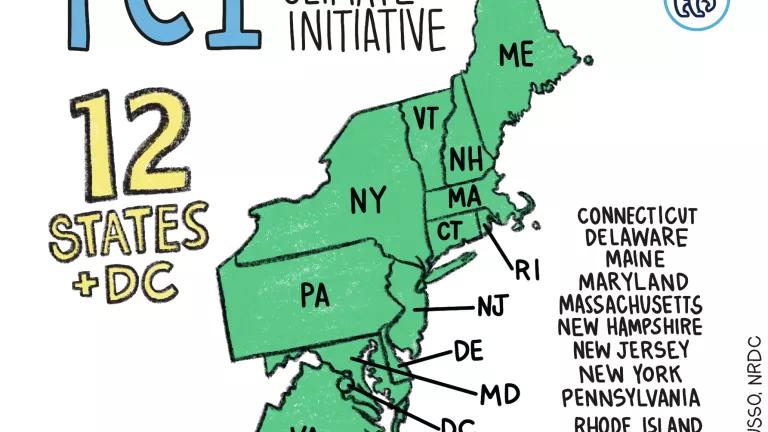Connect to Build: Frontline Organizations and Federal Infrastructure Funding Opportunities
Through a series of interviews, SPARCC explores how organizations are interacting with new federal funding and what approaches are helping them move the needle toward equity and justice.
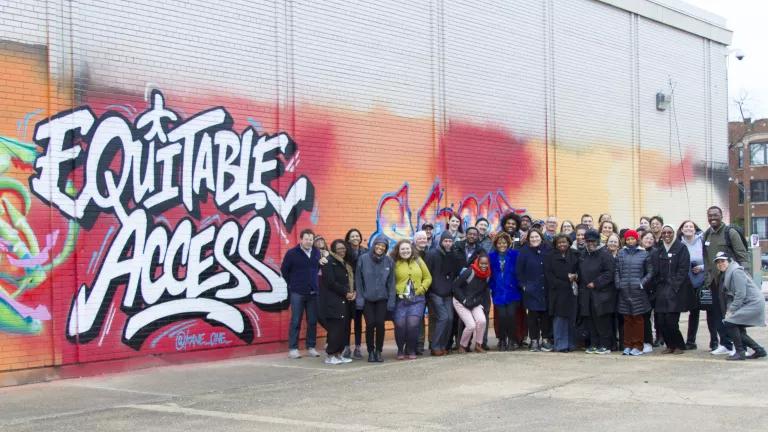
SPARCC partners in Chicago, Illinois
SPARCC
This blog was written by Brittny Saunders, Mikyla Reta, Sonia Kikeri, and Tamira Jones.
The Infrastructure Investment and Jobs Act (IIJA), the Inflation Reduction Act (IRA), Justice40 commitments, and ongoing federal appropriations all combine to create opportunities for addressing long-standing infrastructure needs in frontline communities. But ensuring that these resources meet the needs of the communities that bear a disproportionate share of the burdens of the housing crisis, transportation inequities, and climate and environmental injustices requires more than just the appropriation of funds. It requires getting these dollars to organizations that are rooted in frontline communities. These organizations possess the unique combination of insight, experience, and community trust necessary to channel government dollars into the programs, processes, and partnerships that align with frontline communities’ priorities.
Through a series of interviews with leaders of organizations across the country that are keenly focused on aligning government policymaking and funding decisions with the needs and priorities of frontline communities, the SPARCC (Strong, Prosperous, and Resilient Communities Challenge) policy team led by NRDC explored how, if at all, these organizations are interacting with new federal funding opportunities and what approaches are helping them to move the needle toward their equity and justice-focused goals. These conversations highlighted the power of:
- Previous experience working with local government, and the relationships and access to information that this enables;
- Long-standing, trusting relationships with other community-based nonprofit groups that allow for information sharing, strategic partnerships, and effective use of collective resources;
- Processes that increase transparency with respect to local or state government decision-making and/or generate community-driven projects for local government consideration;
- Collaborative problem-solving with partners in government, where trusting relationships permit, particularly around important processes like procurement;
- Efforts to institutionalize equity in local government, thereby influencing the priorities that govern the flow of public funds; and
- Flexible, philanthropic funding that allows frontline organizations and partners to initiate or sustain work and experiment with new structures that facilitate the receipt or dissemination of government dollars.
At the same time, these conversations also surfaced challenges these organizations are confronting at this moment and, importantly, what they believe must be done to address them. Those who were interviewed shared recommendations grounded in what has worked well for them and other partners as well as areas in which barriers have proven difficult to overcome. They cited the need for:
- Flexible financial support to allow organizations to operate effectively on a day-to-day basis as well as to implement projects while they wait to receive federal dollars;
- Support to allow government agencies to align values and partner more effectively with communities;
- Increased government transparency about funding opportunities and decisions;
- Support for changes to the organizational structure of frontline organizations to better equip them to secure and utilize funds;
- Expanded access to trusted navigators and individuals with specific expertise;
- Support for aligning partners in ways that are consistent with progressive values and that bolster project success; and
- Alignment of project application and administration requirements with frontline organizations’ capacities and needs.
The case studies featured in this report, the insights on what is working to move the needle that emerged from them, and the recommendations distilled from them concerning what is still needed all have important implications for the administration of federal infrastructure programs in the coming years.
Read the full report here.
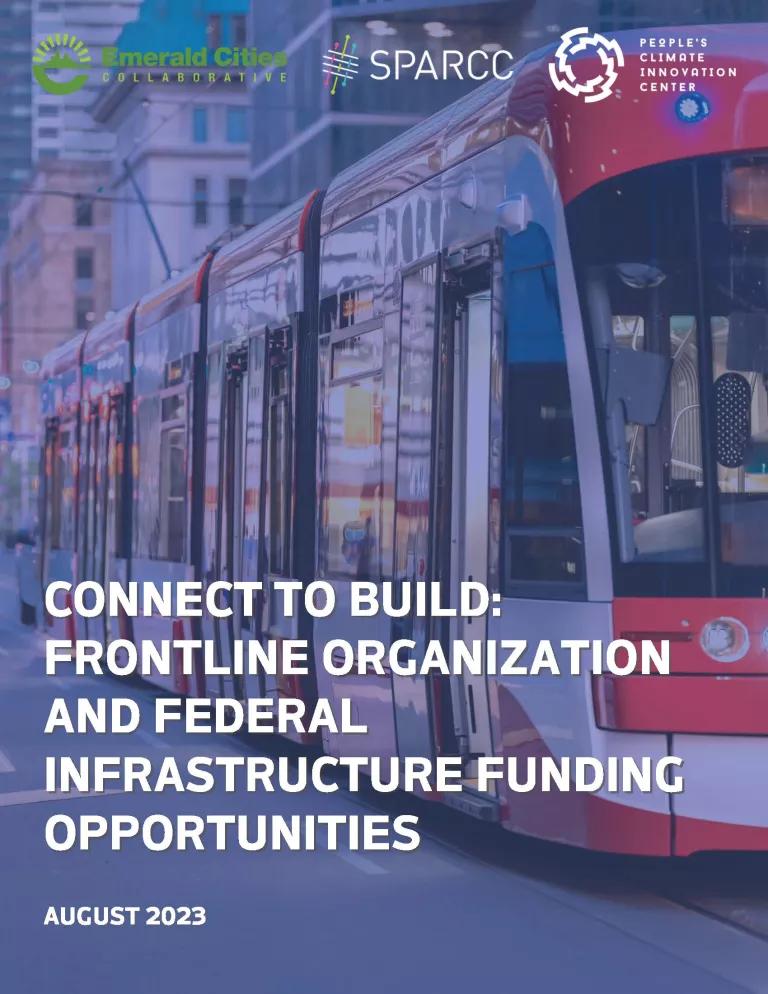
SPARCC
